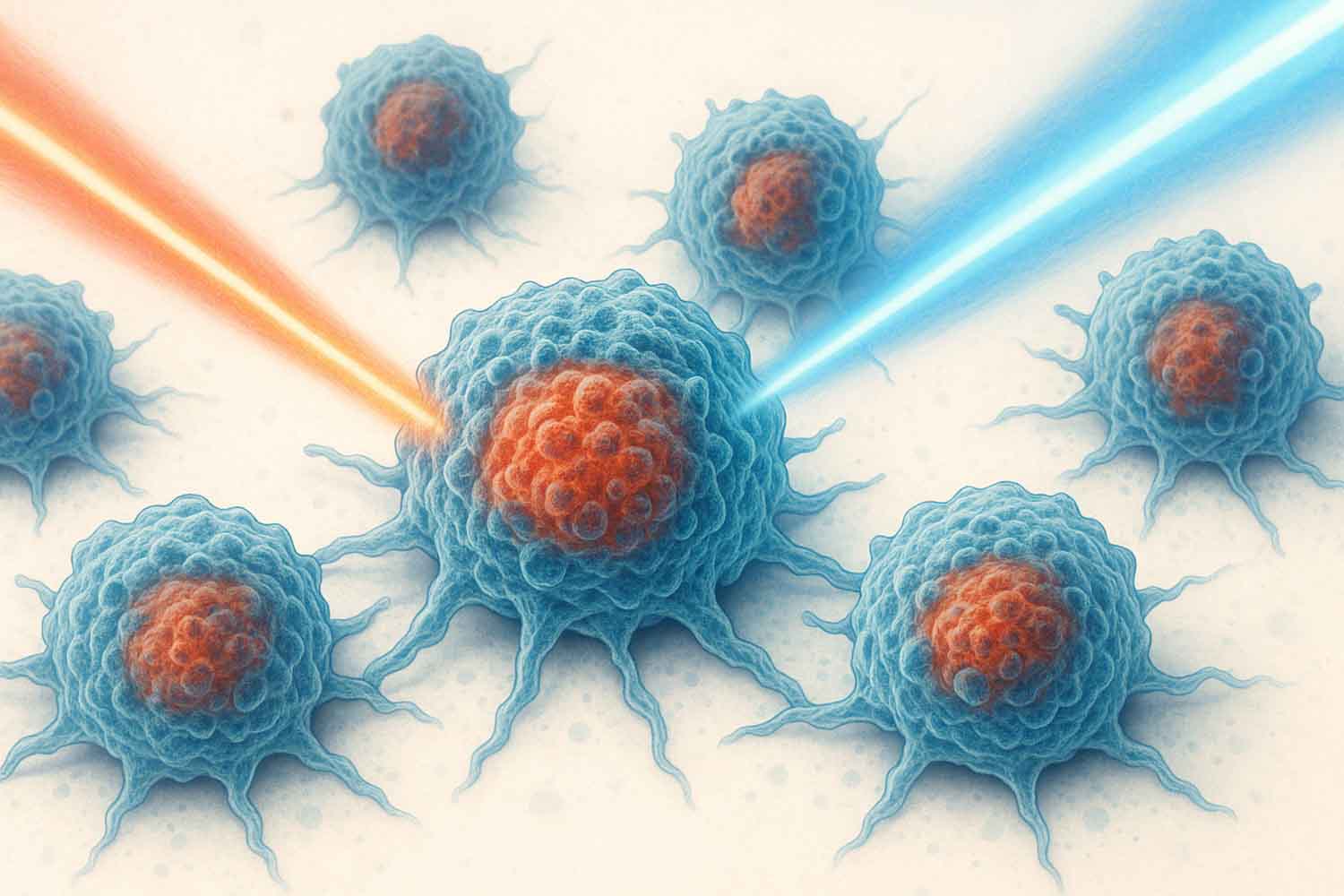British researchers have identified a combination of two known drugs that acts on the vital points of prostate cancer cells, slowing their growth and promoting their death, even in the most difficult cases to treat

A British discovery could revolutionize the treatment of advanced prostate cancer. Scientists at the Institute of Cancer Research in London have identified a dual drug therapy capable of slowing the growth of cancer cells and promoting their death, even in cases most resistant to traditional hormone treatments.
The new approach combines fadraciclib, a drug that acts on the MCL1 gene, with ipatasertib or capivasertib, molecules able to block AKT, a protein that promotes tumor growth. Both targets—MCL1 and AKT—play a crucial role in prostate tumors that have lost the PTEN gene or present PI3K pathway activation, conditions that make the disease more aggressive and difficult to treat.
When the two drugs are used together, the effect is striking: cancer cells lose their ability to multiply and undergo programmed death. In contrast, researchers observed that each drug alone does not produce the same results.
Toward new personalized therapies
According to experts, this combination could pave the way for new personalized therapies, targeting precisely the genetic alterations that make tumors refractory to hormone drugs.
Up to 40% of patients with advanced prostate carcinoma present mutations in the PTEN/PI3K/AKT pathway. For them, therapeutic options today are limited. If the next study phases confirm the results, the combination of fadraciclib and ipatasertib or capivasertib could offer new hope.
Another relevant aspect is that the proposed approach does not introduce entirely new molecules, but repurposes existing drugs or those in development, thus reducing the time needed to move to clinical trials in humans.
What it means for patients
For men living with resistant prostate cancer, this discovery represents an important step toward more effective and less invasive therapies. Scientists emphasize that the results are still preliminary, but the direction is clear: hitting the tumor’s weak points by acting on multiple fronts simultaneously.
The goal is to prevent cancer cells from “adapting” and finding new survival pathways, as often happens with traditional treatments.
Source: Nature
